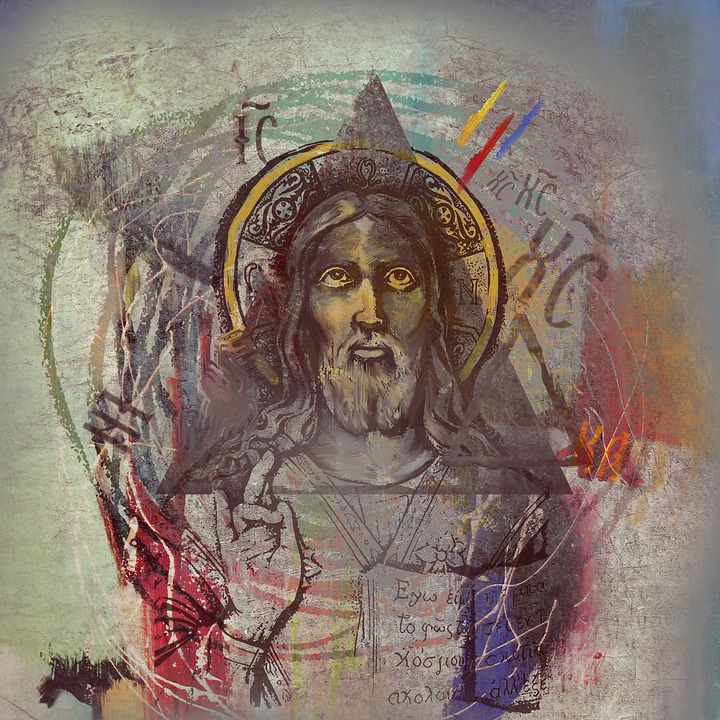
In this course, Rev. Dr. David Fekete, co-editor of Our Daily Bread, engages famous sayings of Christ from the Gospels through a Swedenborgian lens.
INTRODUCTION
When one reflects on a course about the sayings of Jesus, two Gospels are best: Matthew or Luke. Those two Gospels have the most sayings of Jesus, and they have basically the same sayings. They have more sayings than the Gospel of Mark.
Mark was written first. Matthew and Luke had Mark, and used Mark when they wrote their Gospels. So most everything that is in Mark is in Matthew and Luke. But Matthew and Luke had another document. Matthew and Luke had a document called “Q” (from the German word quelle, which means source). Q is a collection of sayings of Jesus. No one has actually found a scroll of Q. But when one compares the sayings in Matthew and Luke, one finds the same sayings in basically the same order. Mark doesn’t have these sayings. So Matthew and Luke have all of Mark, plus sayings in them which Mark doesn’t have. For these reasons, we think that Matthew and Luke had the same “Q” document which they used, along with Mark’s Gospel, when they wrote their Gospels.
I will be using Matthew’s Gospel in this course about the sayings of Jesus. Matthew has more references to the Hebrew Scriptures in it than Luke does. Early Christians drew on Hebrew Scriptures as they tried to understand who Jesus was. So we’ll also learn about the Hebrew Scriptures as we learn about Jesus’ sayings, and we’ll see how Christians used the Hebrew Scriptures as they tried to make sense out of everything that happened surrounding Jesus’ birth, ministry, death, and resurrection.
We can’t use John’s Gospel. John has sermons and long sayings that none of the other three Gospels have. Also, the order of the events is different in John than in all the other three Gospels. That is, Matthew, Mark, and Luke have the same events in the same order. John has events that are not in the other three Gospels and the events that he shares with them are in a different order. When we study the New Testament, we can study Matthew, Mark, and Luke together. We have to study John separately. And we have already done that in another course.
-Rev. David Fekete, PhD
Click below for printable PDF versions of Rev. Fekete’s lessons: